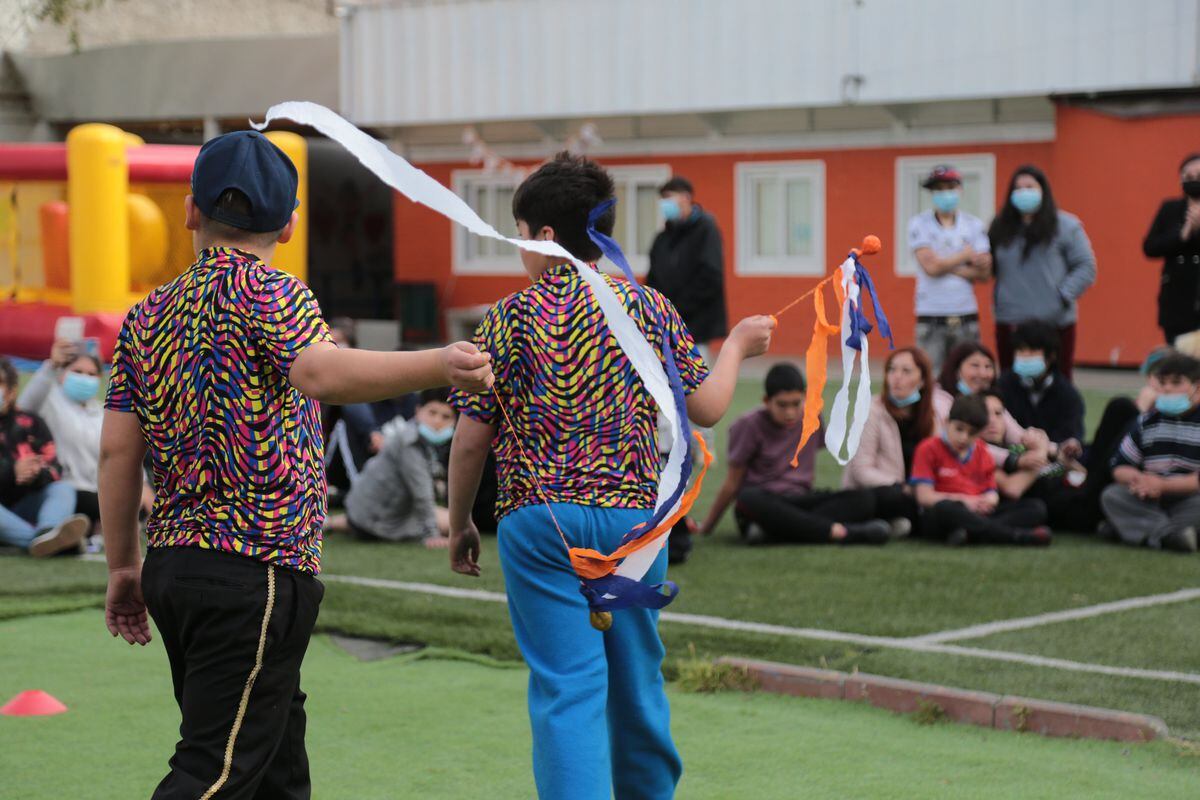Some 4,600 children under the age of 18 live in the homes and residences of the protection network of the Chilean State.
Dependent on the National Service for the Specialized Protection of Children and Adolescents, more than a quarter of these establishments are overcrowded.
If those that are full are also considered, the percentage of these organizations that are at the limit or exceed their capacity reaches 43%, according to a report published this week by the Supreme Court, which accounts for "the critical situation in which A significant number of children and adolescents are being cared for.
Of the total number of minors in charge of the State, 513 are in "complete abandonment", without an adult from the nuclear or extended family present in their life and who can create a bond to get them to leave the establishment.
Of them, 41 are not Chilean.
Only 7% of the minors residing in the homes and residences of the service called
Better Childhood
have an open procedure of susceptibility for adoption, are in the process of adoption or with a sentence.
The radiography produced by the report is devastating.
Two hundred and fifty have a search warrant ordered by a court, that is, they ran away from home and it is not known where they are.
The observations of the judges and technical advisors who visited the establishments reveal their concern at the ease with which minors manage to leave the premises, "constantly exposing themselves to prostitution and polydrug use."
Also of a "significant and alarming" number of minors who have problematic drug and alcohol use in some residences.
Violence between peers, in all its forms, has become widespread and normalized and "many" of minors are physically, psychologically and emotionally exposed to victimization and new sources of vulnerability.
The document also warns of the absence of intervention plans that point to work aimed at solving this problem, either individually or collectively.
The recurring behavior crises are due to the lack of space and organization of recreational activities, according to the observations of those in charge of the document, and the absence of methodologies and resources that allow them to bond periodically with their families.
The lack of preparation of adolescents for independent life is another red flag raised by the Supreme Court report: "It is critical to note that they are approaching the cessation of their protection measures and still do not have the tools to face the stage that is coming. is coming and that implies graduating from these protected centers and joining adult life in all its dimensions”.
This may respond to low staffing.
The study reports a lack of professionals, especially psychiatrists, speech therapists and teachers, and points out that the amount of work of professionals and technicians is "overloaded" in some of the residences.
The infrastructure is also due in several of the establishments.
The document warns of the deteriorated conditions in which some of the new residences are found, although it highlights the management of some directors and their teams that coordinate repairs and improvements with private companies to provide greater comfort to residents.
The records frequently include broken or poorly maintained furniture, windows and glass.
They argue that the quality of life of minors could be more dignified and comfortable with small and not so expensive improvements, such as the replacement of broken bathroom basin covers, operational shower heads and arranged in each shower, repair of water leaks in bathrooms and kitchens, installation of missing covers for sockets,
Children and adolescents under the care of the State have been especially sensitive for Chile since 2016, when the Government reported that 865 minors under 18 years of age died between 2005 and 2013 while they were in one of the residential or outpatient protection systems of the then-called National Service of Minors (Sename), due to different causes.
Among the reforms that were made to the system as a result of the tragedy was the preparation of a semi-annual report published by the Supreme Court, which details the psychological, social and health situation of minors living in homes and residences and advises them what measures to take
Between January and June 2022, there were 302 residences in the South American country, which decreased to 289 in the second semester – the period covered by the recently published report – a reduction that the document attributes to possible administrative procedures implemented by the Specialized Protection Service that took over to replace Sename.
Subscribe here to the EL PAÍS America newsletter and receive all the latest news in the region.
Subscribe to continue reading
Read without limits
Keep reading
I'm already a subscriber

